I’m slowly going through our “stuff” in an effort to declutter. My latest task is going through the antique Mason jars sitting on top of the kitchen cupboards. It was a nice place to display them…they were not tucked away in some cupboard, but were on display – yet out of the way. I decided to either put them to use, or get rid of them.
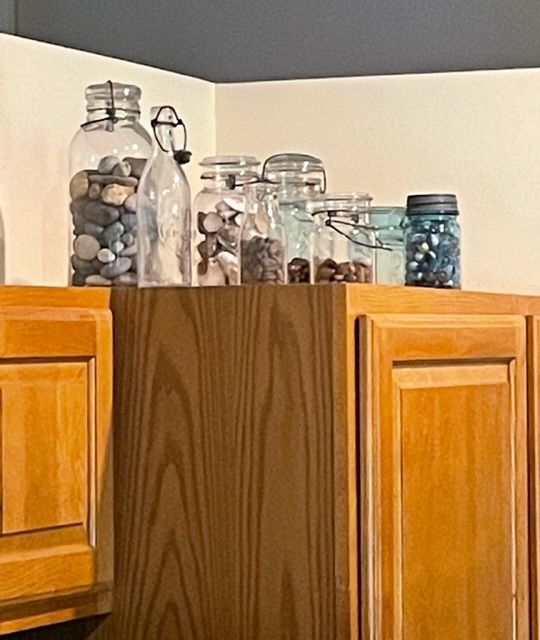
So one by one I am taking them down. As I pulled the first antique jar down – a blue Mason jar with a glass lid – I noticed I had matchbooks stored in it. At one time we collected matchbooks from different places. Businesses do not give away matchbooks with their logo anymore – but they used to, and the matchbooks were easy to collect. I do remember going through our matchbooks before, and keeping only a few special ones. I forgot that I kept these few in the Mason jar.
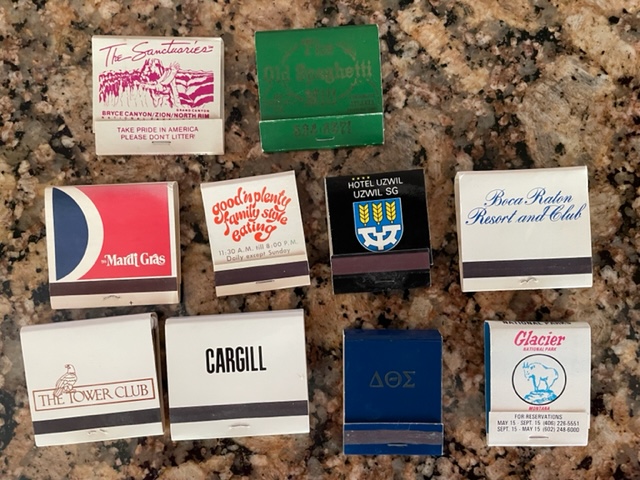
Here is a list of the matchbooks that I found in the jar, and where they came from:
The Old Spaghetti Factory: This was a restaurant in downtown Minneapolis, and the place where Gary and I had our first date in 1976. It closed in August 2019.
Mardi Gras: The cruise ship we took for our honeymoon, a Caribbean cruise in 1978. Along with the matchbook, there was a champagne cork in the Mason jar, also from the cruise. I remember our table-mates had a bottle of Bollinger Champagne they shared with us, and told us keep the cork. That was the first time I heard of Bollinger champagne…too bad the winery was not the same Bollinger family as the one I had just joined when I married Gary! HA
There were two different matchbooks from National Parks we had camped in: Zion, Bryce Canyon and the north rim of the Grand Canyon (we visited in July 1992) were together on one matchbook called The Sanctuaries. The other matchbook was from Glacier National Park (this must have been our 1989 visit). I would say these were our favorite national parks overall.
Boca Raton Resort and Club: This was the most luxurious resort Gary and I stayed at in Florida (February 1992). It was for a work convention. We were with friends from work and enjoyed the beautiful accommodations, the lush landscape and grounds, the ocean and ocean views from our hotel balcony, and the service…o my.
Hotel Uzwil: a hotel Gary stayed in several times when he took business trips to Switzerland. It was located in the village of Uzwil, east of Zurich.
One matchbook was from Cargill, the first company Gary worked for after he graduated from college.
Another had the Greek letters for the fraternity, Delta Theta Sigma, which Gary belonged to in college.
The Orion Room: I hardly remember this restaurant, but it was on the 50th floor of the IDS center. In 1972 the IDS center was built in downtown Minneapolis. In 1974 the restaurant opened. It is no longer there, but it was considered an excellent dining establishment in its day.
Good ‘n Plenty Family Style Eating: A family-style Pennsylvania Dutch restaurant in Lancaster County Pennsylvania, the area where Gary grew up in Pennsylvania. It was my first introduction to the Amish in his hometown.
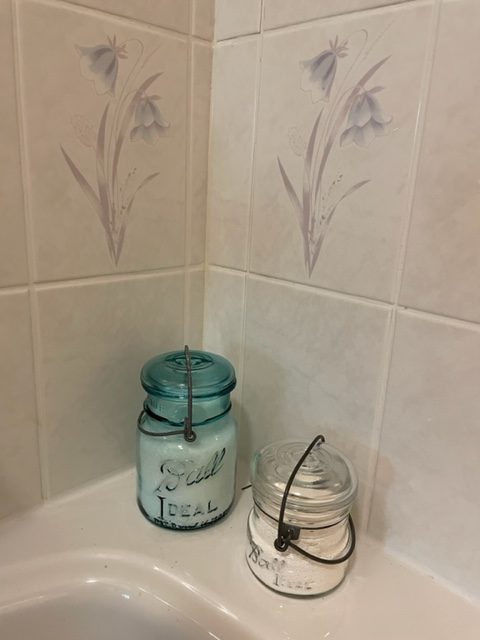
Once again, it was fun to go down memory lane. Now, after writing about these matchbooks, perhaps I can use them up. I wonder what I’ll find in the other jars on top of the cupboard?

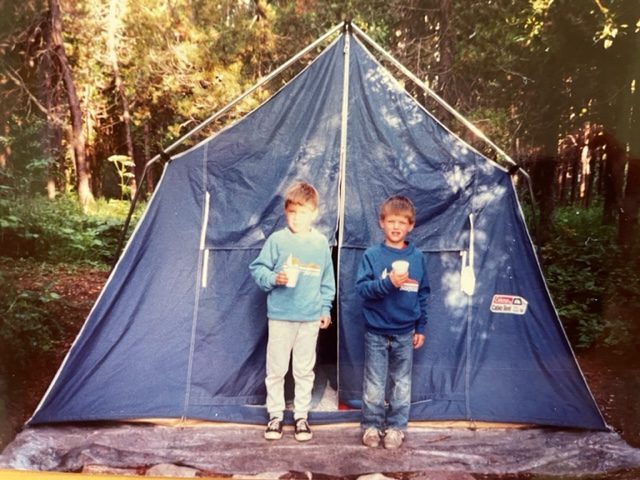

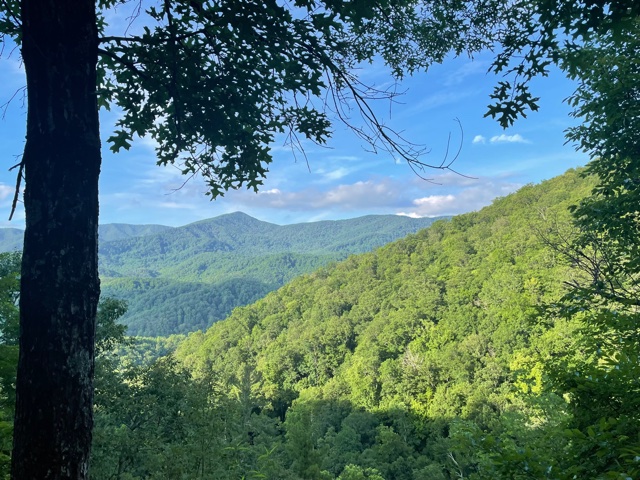
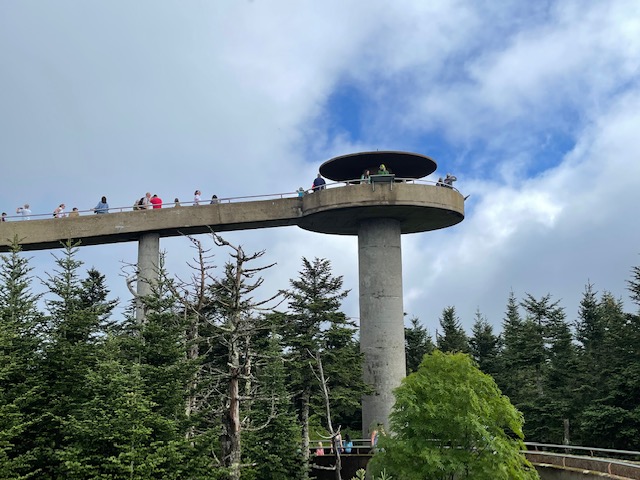
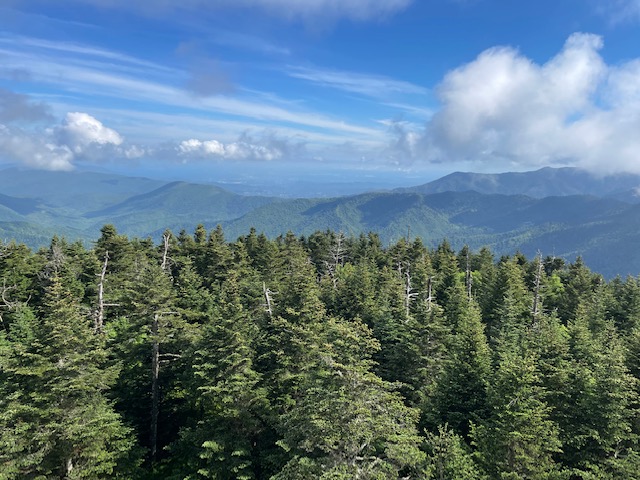
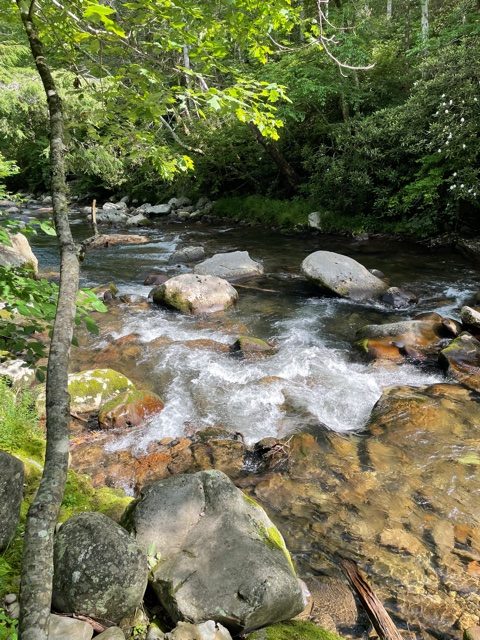

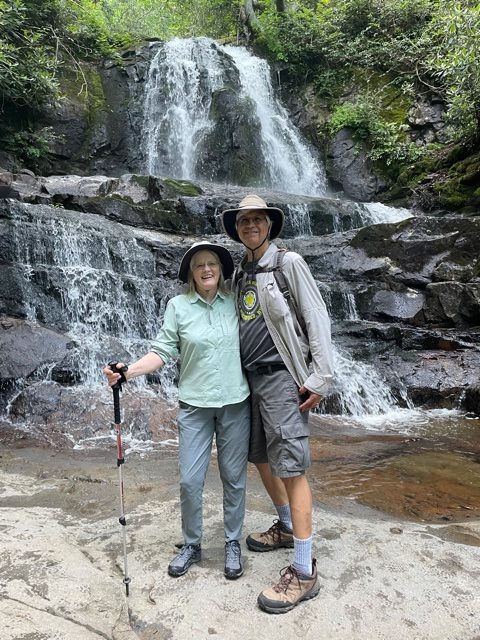

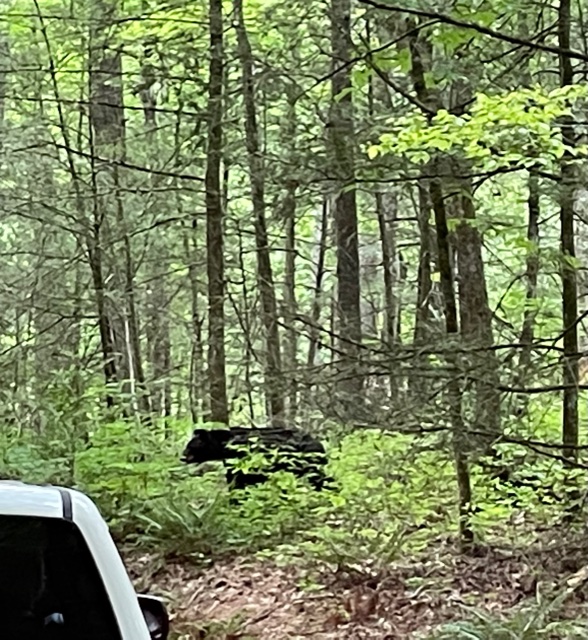
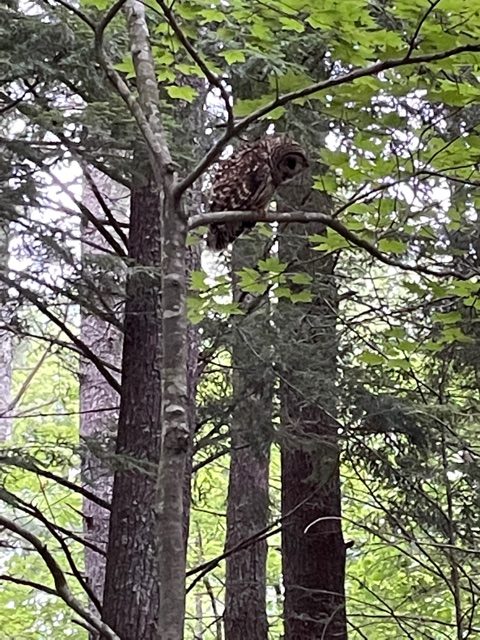

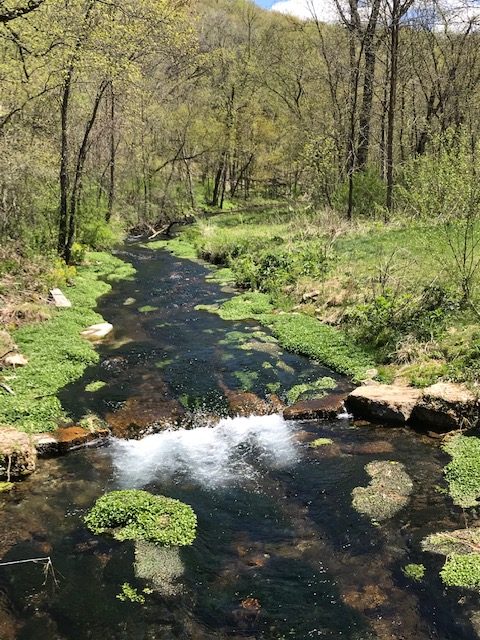
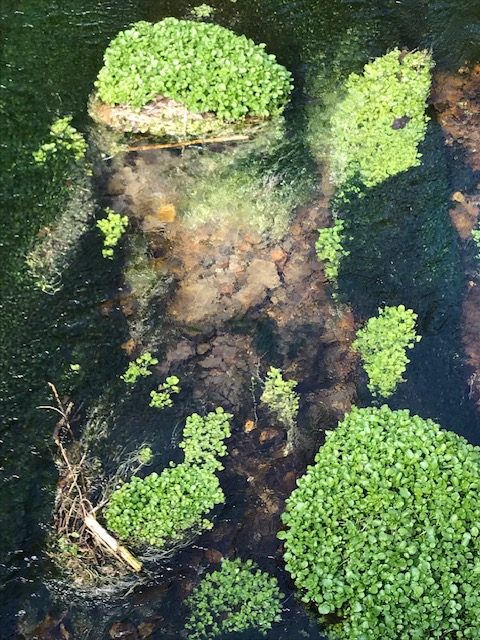
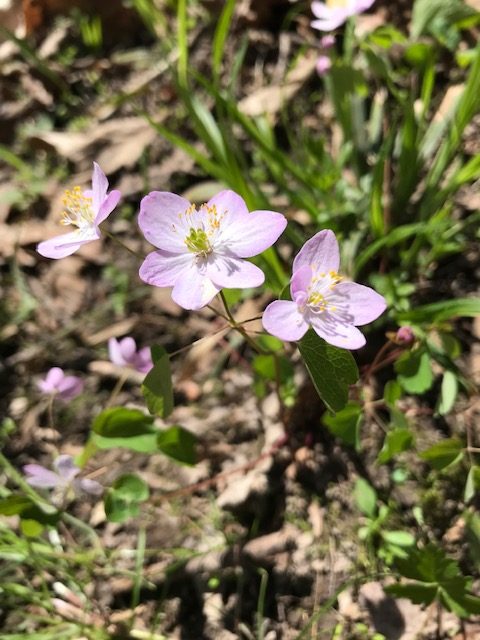
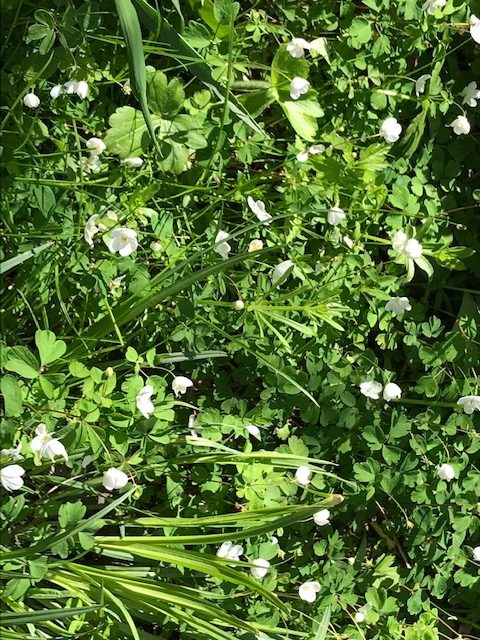

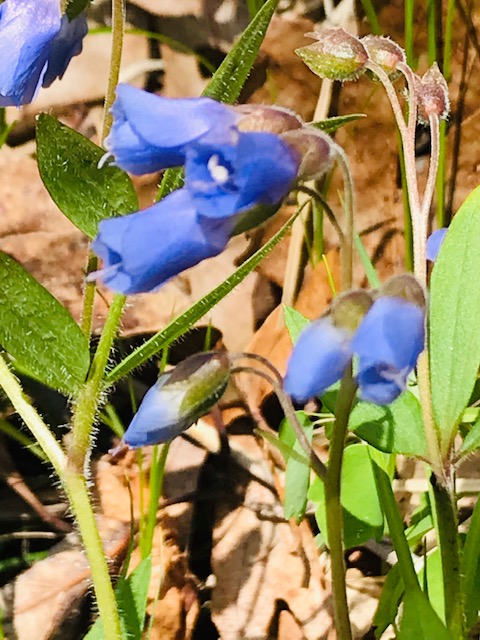
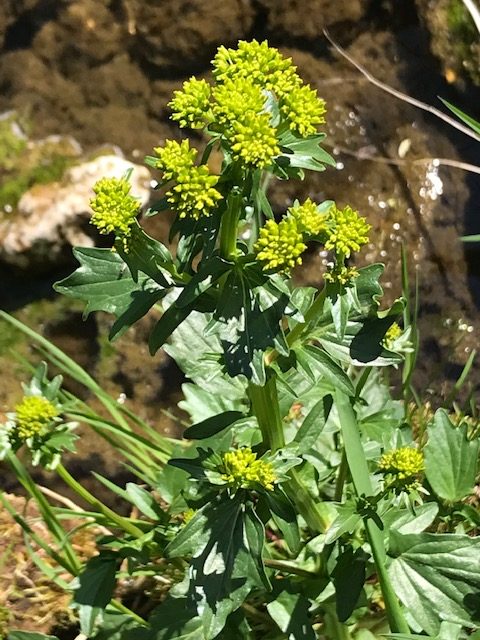
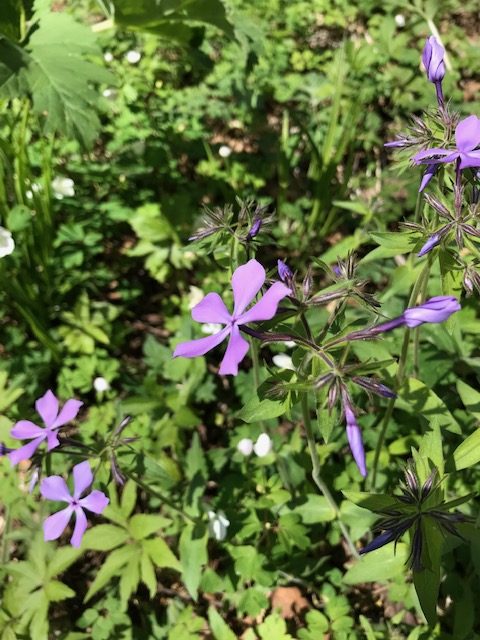
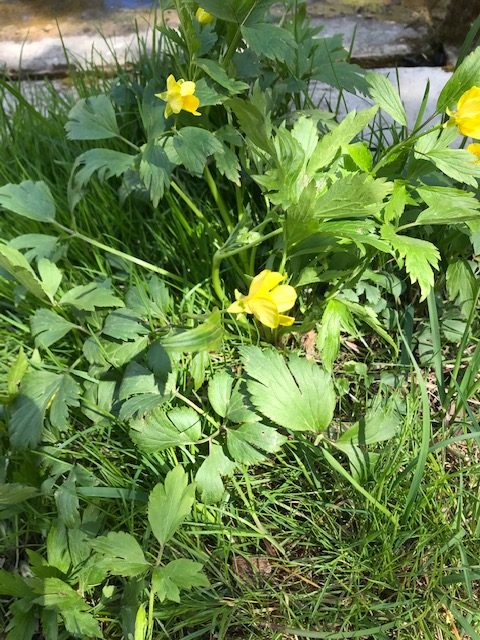
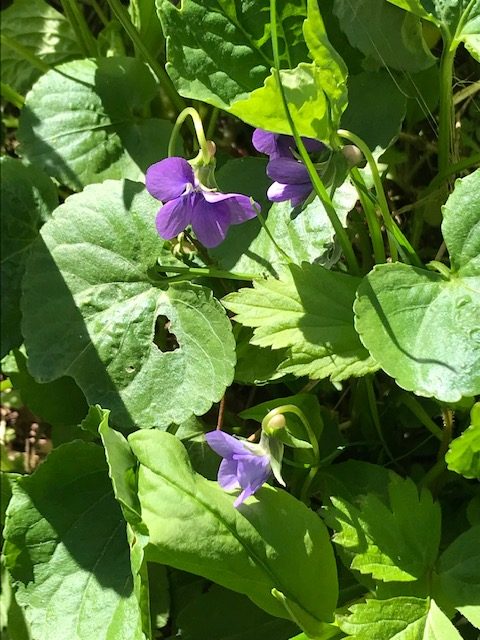
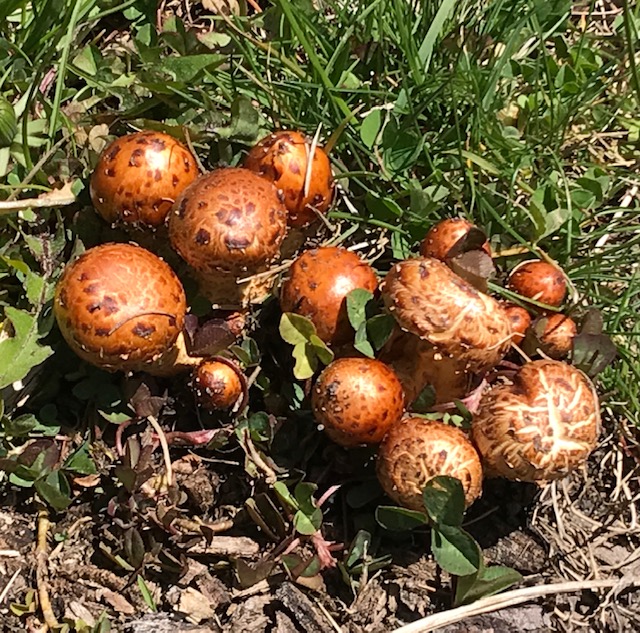

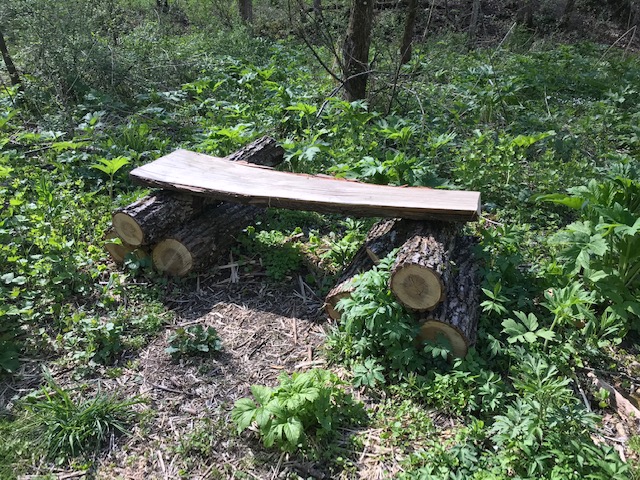




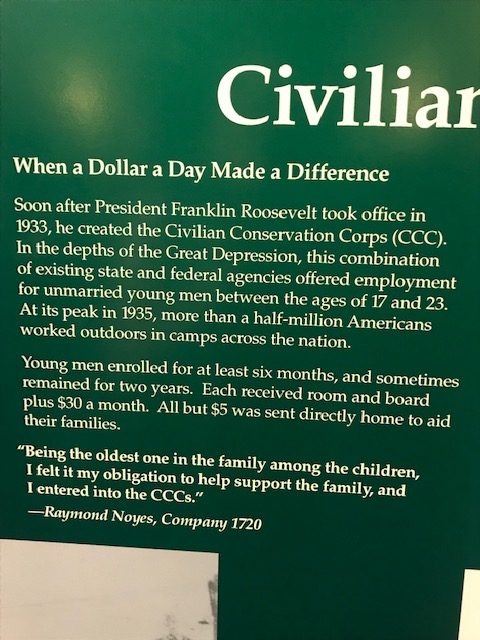


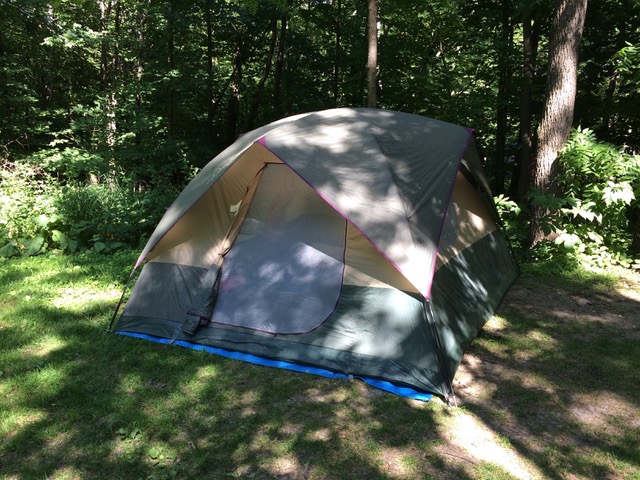

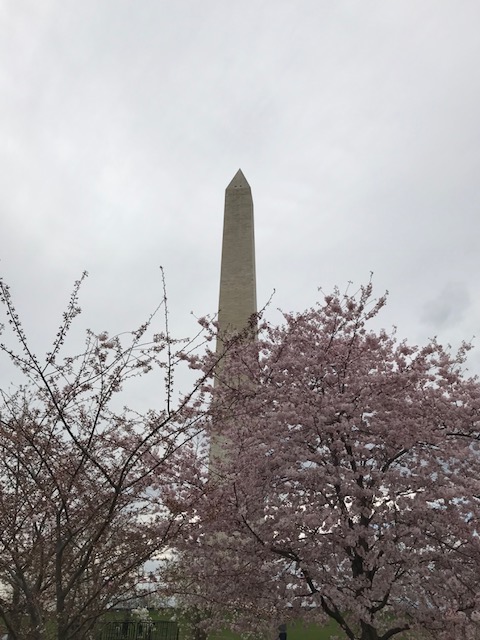

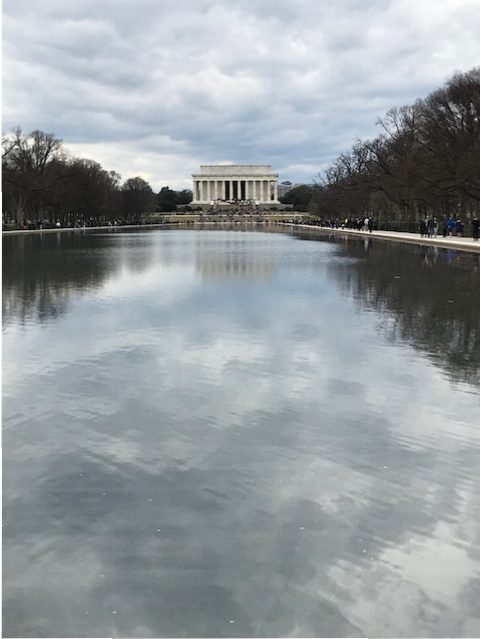
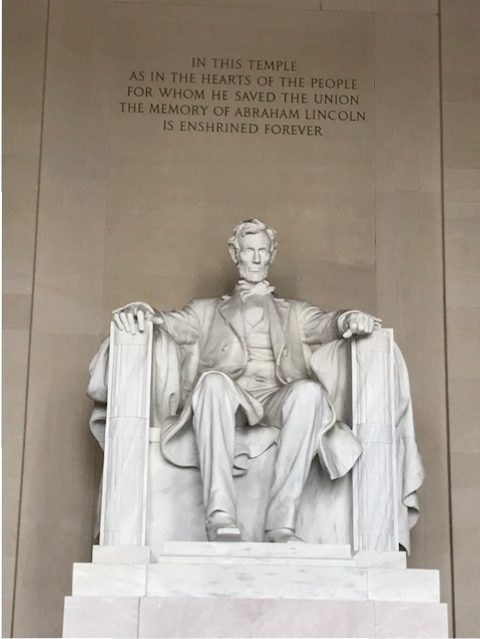

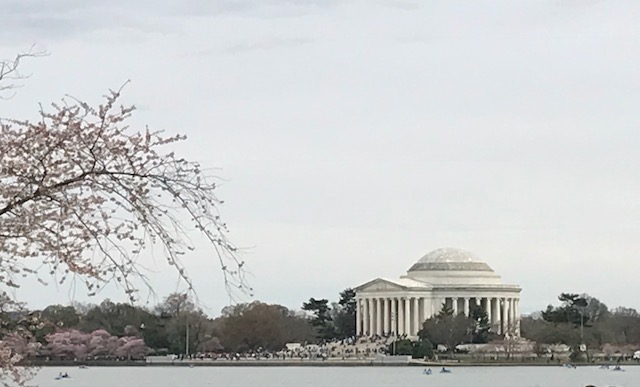

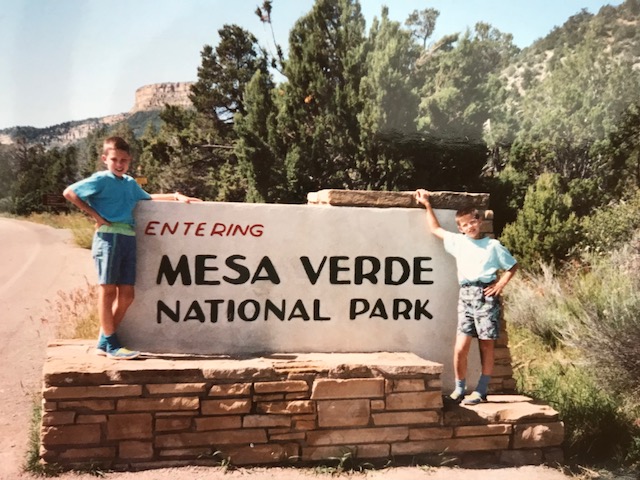
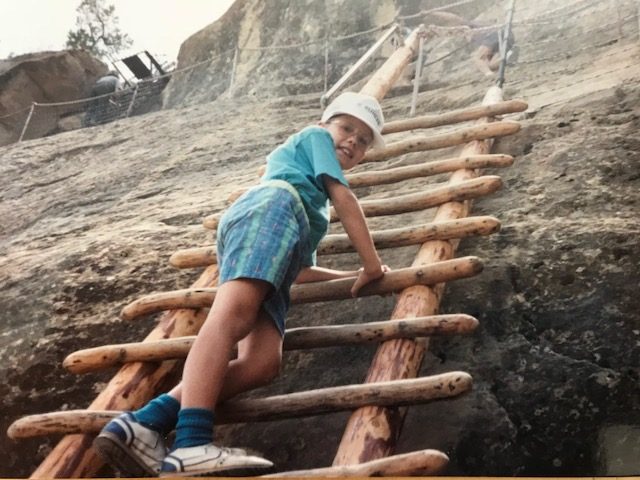



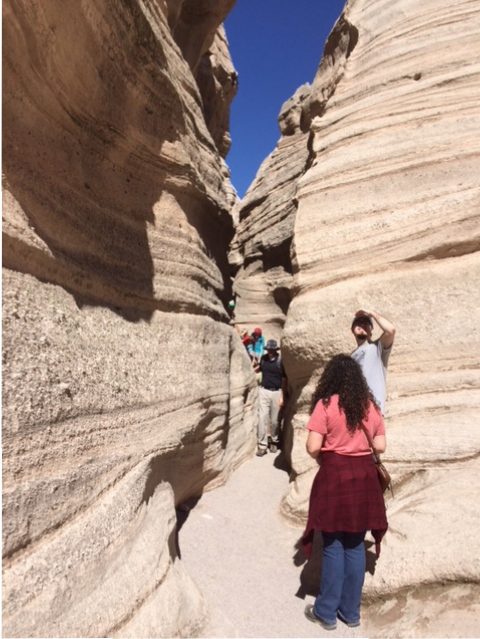
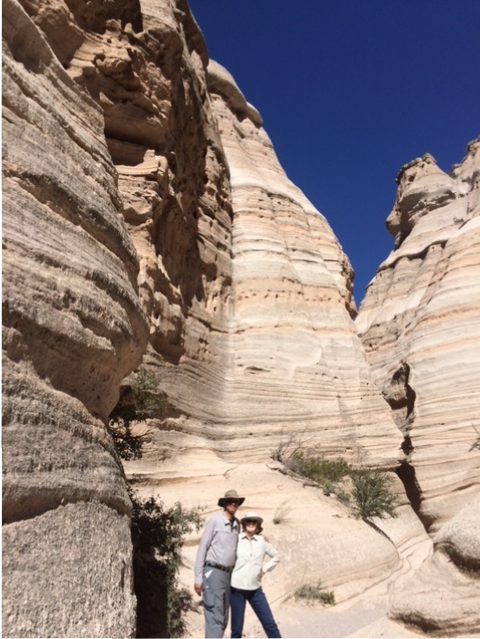
 The vistas at the top were great and at the bottom we hiked another mile along the base of these rock formations. It was a fun hike. I had never heard of this park until we planned our trip to New Mexico, but what a wonderful find!
The vistas at the top were great and at the bottom we hiked another mile along the base of these rock formations. It was a fun hike. I had never heard of this park until we planned our trip to New Mexico, but what a wonderful find!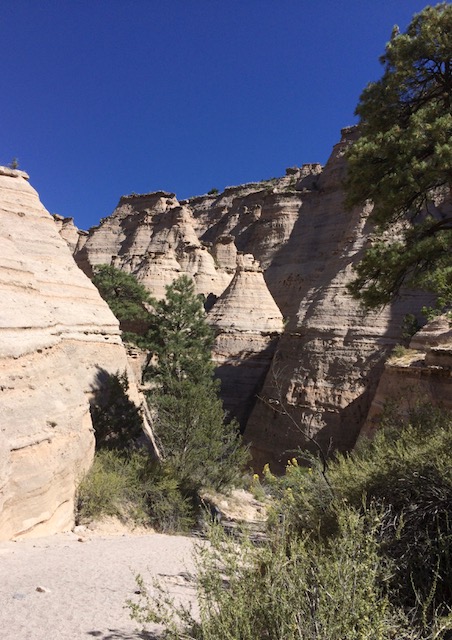

 Sabino Canyon is a desert oasis in the Coronado National Forest. When you arrive at the park you can take a tram up the canyon and walk back down if you desire. That’s a great way to hike! But there are several trail options available to hike back down. We have hiked in this canyon on several different trips. On this day in Sabino Canyon we were casually hiking down along the canyon in the beautiful, warm, sunshine. There was water in the canyon; water pools in the canyon during winter months and being near water while hiking is a always a treat. As we were walking we caught up with a couple in front of us that had stopped on the trail. They pointed to a rattlesnake coiled up in the sun on a rock along side the trial. We tiptoed past it and kept on going. That’s the first time, and hopefully the last time, I see one of those snakes!
Sabino Canyon is a desert oasis in the Coronado National Forest. When you arrive at the park you can take a tram up the canyon and walk back down if you desire. That’s a great way to hike! But there are several trail options available to hike back down. We have hiked in this canyon on several different trips. On this day in Sabino Canyon we were casually hiking down along the canyon in the beautiful, warm, sunshine. There was water in the canyon; water pools in the canyon during winter months and being near water while hiking is a always a treat. As we were walking we caught up with a couple in front of us that had stopped on the trail. They pointed to a rattlesnake coiled up in the sun on a rock along side the trial. We tiptoed past it and kept on going. That’s the first time, and hopefully the last time, I see one of those snakes!